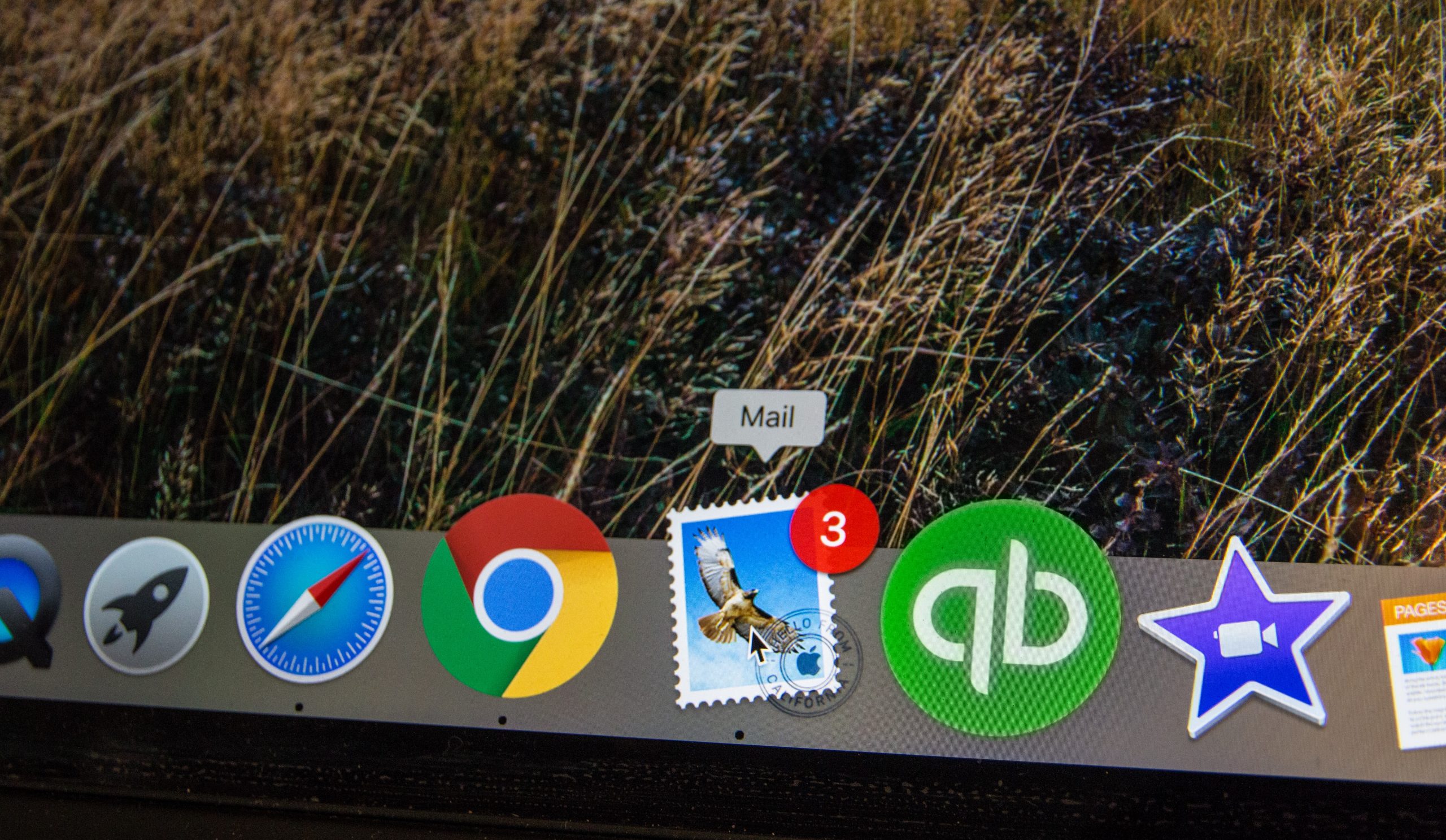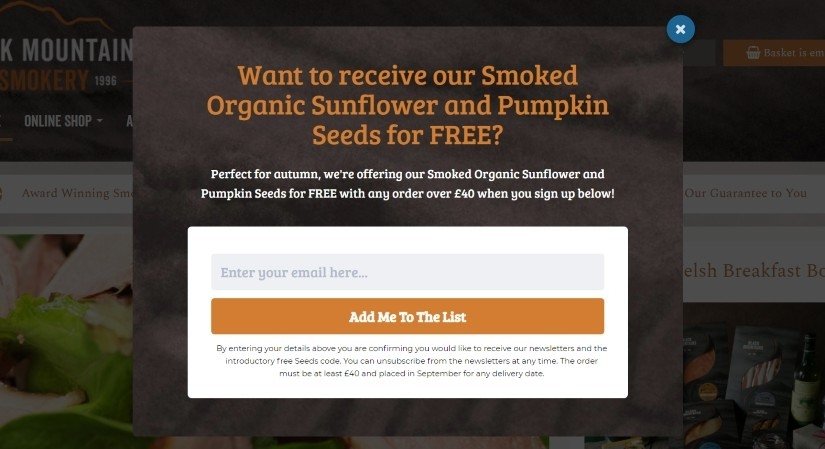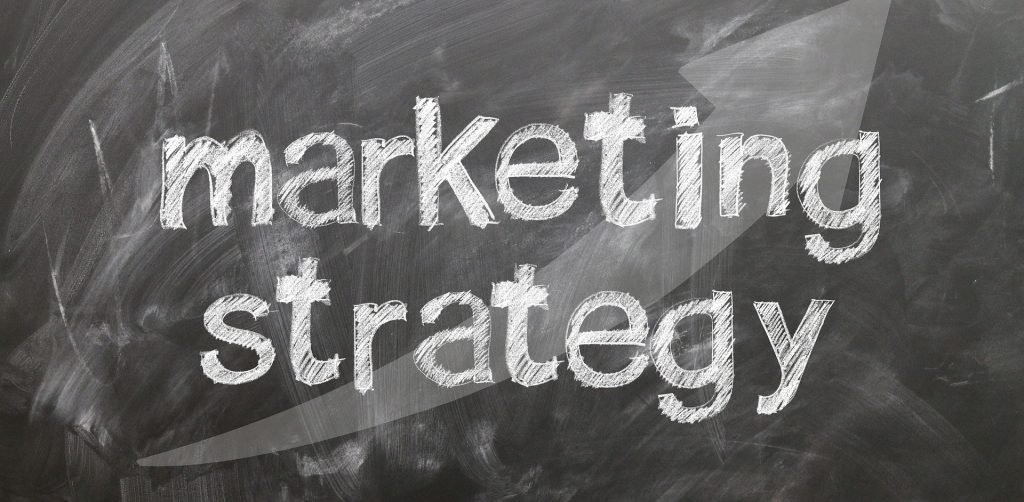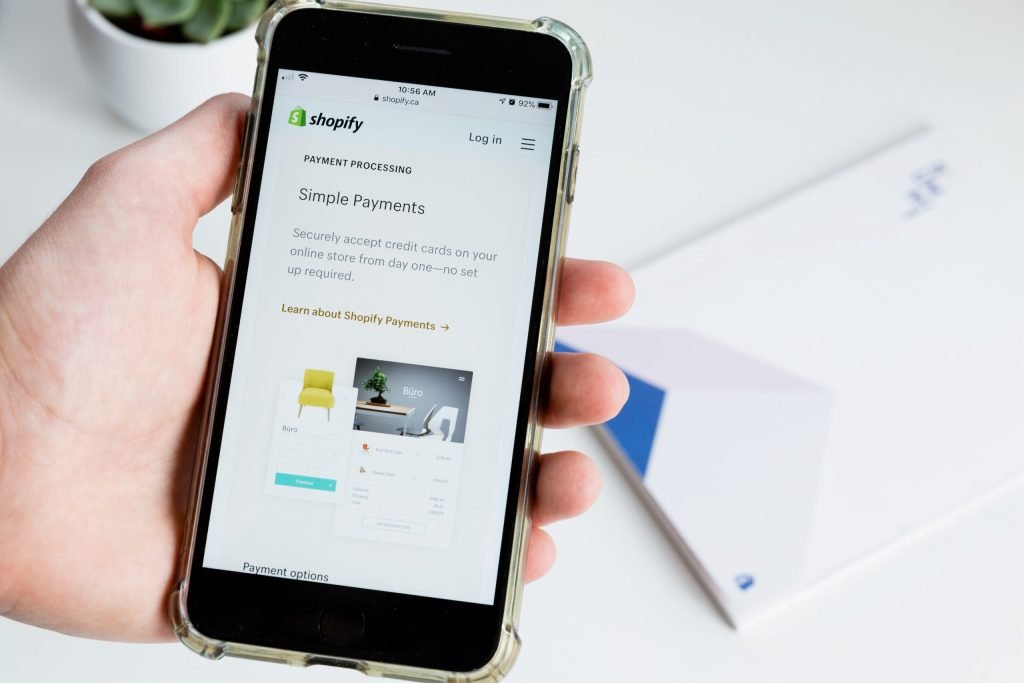We’ve heard some people recently asking if email marketing is now obsolete, with things like social media, blogs and more for people to engage with. Well, our opinion is, email marketing is more effective than ever. Social media is choosy, generally different platforms appeal to different age ranges and even genders and definitely what type of business you are. You also may not have time to constantly keep 4+social media platforms up to date all the time with the correct engaging content tailored for each platform. Blogs are great to keep your website updated, get in some search engine optimisation to bring new traffic, and to post on social media, Bu the best way to utilise these is then to collate them into one email with links to those blogs, and bring them back to your website. In fact, most people reading this likely clicked on the link from our own InSynch newsletter – so we know it works!
Then there’s a simple truth – email marketing takes less time when the steps below are in place and very often it appeals to and is engaged with by all age ranges and genders and often regardless of industry. So, time to import our tips and tricks to improve your email marketing campaigns, or get it up and running for the first time
1. Segment your audiences
If you have a large audience or just want to send out more tailored emails, then segmenting is the way to go. How you do this will be down to choice and platform. For example, in Constant Contact you can make different lists and an email can then be sent to more than one list, this is the easiest way to ‘segment’ or ‘group’ your audience into different interests. Users can be added to multiple lists and will only receive the email once if sent to multiple lists. In Mailchimp it’s easiest to have one main audience and use groups to split people into different interests and then send a tailored email to that specific group. This might seem like a lot of work at first, but if you make sure that people are added into the correct interest groups from the start of the email marketing process then over time this will prove more and more valuable.
2. Create a good responsive template, make sure it’s branded
A very easy way to cut down on time and make your email marketing better is to spend time creating a good template with places left for text and images to be dropped in or swapped out as needed. Try and make sure your logo is included to easily identify your brand/business. I can’t think of a single email marketing platform that doesn’t make their emails responsive as standard, so just keep in mind that on mobile things will usually be changed to fit one column, and don’t ignore the mobile preview before approving a template! In that template, make sure there are dedicated links to your services/main categories/ most popular pages. These can be kept ‘evergreen’ or you can decide if it’s worth swapping these out with new content every once in a while as interests and seasons change. Most importantly, make sure to link all relevant pictures, buttons, text, headings etc. to take you through to your website.
3. Don’t put in content for the sake of content
Essentially, keep your emails short and sweet. Don’t try and write a letter or a blog post in your introductory paragraph. In fact, in your template try and give yourself as little space for text as possible, use images and buttons to get people through to the website. You are far more likely to convert a user if you can get them onto your website combined with the ability to navigate to find out more information about the service/products provided by your company.
4. Track your email campaigns in analytics
Make sure you have enabled Google Analytics tracking on your links and overall campaign. Look up how to turn it on for your platform, with some like Mailchimp it’s as easy as clicking to authorise Mailchimp to view analytics and then making sure that google analytics tracking is ticked on for each campaign you then send out.
5. Check the results and improve for the next campaign
Use the statistics given by the email marketing platform as well as google analytics to inform your next campaigns. Concentrate less on open and click rates – delve into what people have clicked on and what hasn’t been successful. Did people ignore most links in your email but scroll through until the found the dedicated links to your categories at the bottom of the email and click on those? Next time, consider having those at the top of your email instead and update your template. Do people click on the button below a voucher code you’ve given, and then purchase an item on the site? Use google analytics to find out the conversion rate of that email and if they didn’t buy the products highlighted in the email, should more popular products be included next time instead?
6. Resend the email
Create a segment on whether people have opened the last email you sent out, and send it again a day later to those who didn’t open, with a different subject line. We’ve continually seen this improve conversions from the original email campaign, and serves as a reminder to open the email as well. You might also see patterns that there are more people who open and click on emails when you resend – are you sending out email campaigns and then resending consistently on the same day/time each week? If another day works better, try moving your email schedule to suit.
If you need any help with your email marketing campaigns, or would like more information, please contact us





